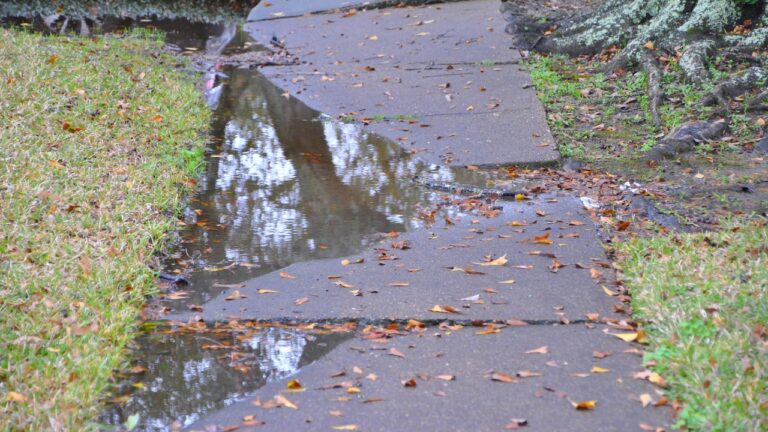12 Easy Landscaping Projects You Can Do in a Weekend
Some weekends are for resting—others are for getting stuff done. If you’ve been staring at your yard thinking, “Something needs to happen out here,” this is your sign. You don’t need fancy tools or a landscaping degree to make a big difference.
Most of these projects are the kind you can pull off in a Saturday afternoon with a shovel, some elbow grease, and maybe a cold drink waiting for you when it’s done.
Build a simple raised garden bed
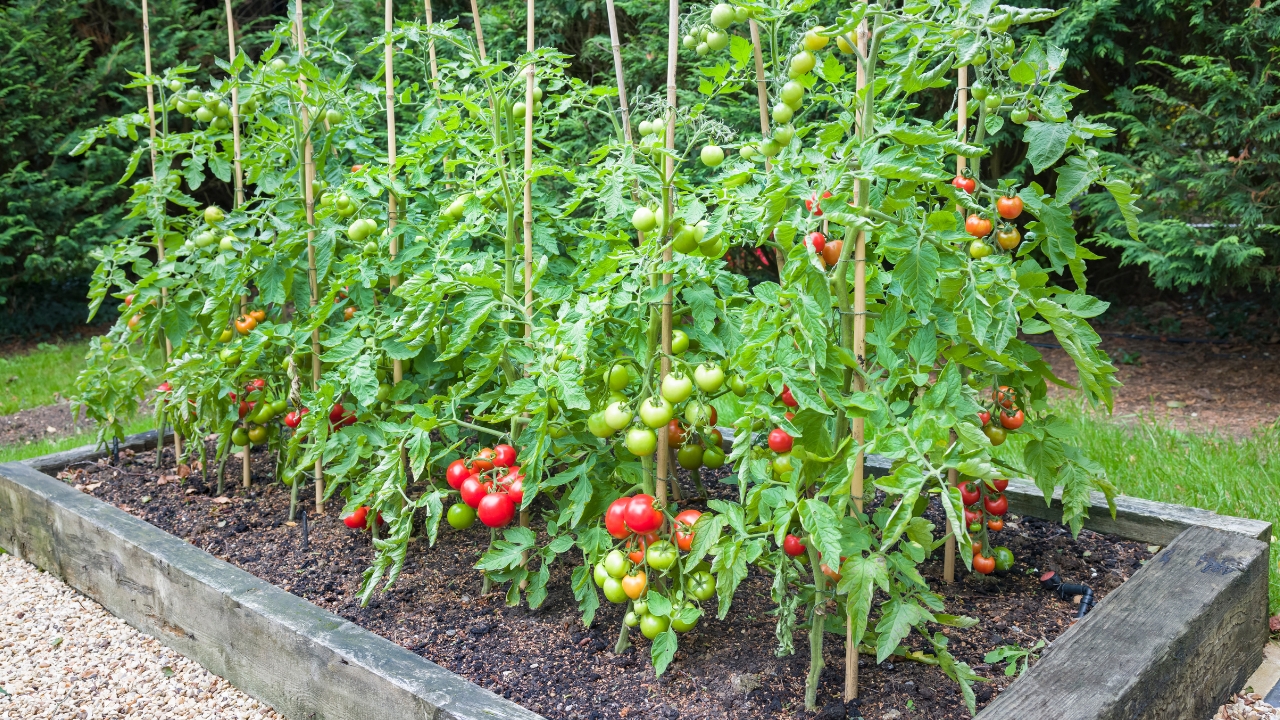
If you’ve got a patch of lawn and a few boards, you can knock out a raised bed in an afternoon. It’s one of the best ways to start a garden, especially if your soil’s poor or you want to keep things more contained.
Use untreated lumber, fill it with a quality soil mix, and you’ll be ready to plant by Sunday. Bonus: raised beds make weeding and watering way easier.
Install edging around flower beds or walkways
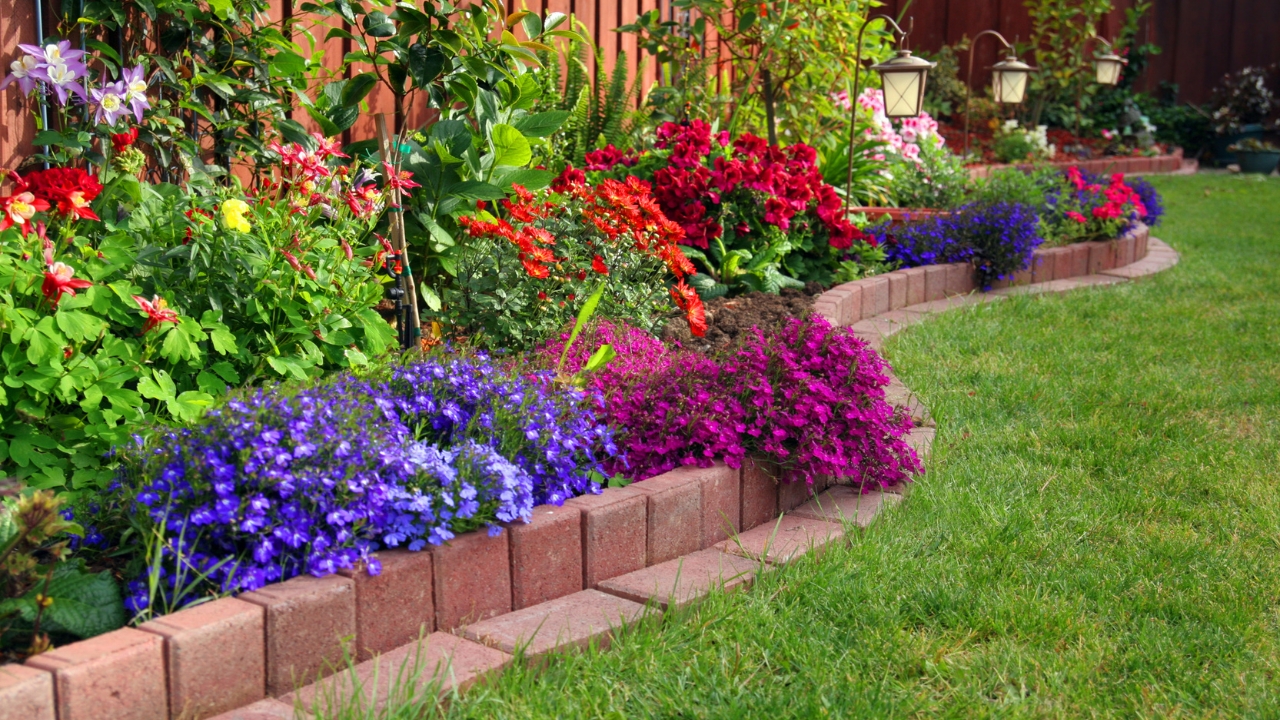
Clean edges make everything look sharper, no matter how simple your yard is. Plastic, metal, or stone edging helps keep grass out of your beds and gives everything a more finished look.
Pick up a few rolls of edging material and stake it in along your beds or sidewalk. Once it’s in, you’ll spend less time trimming and more time actually enjoying the yard.
Lay a gravel or mulch path
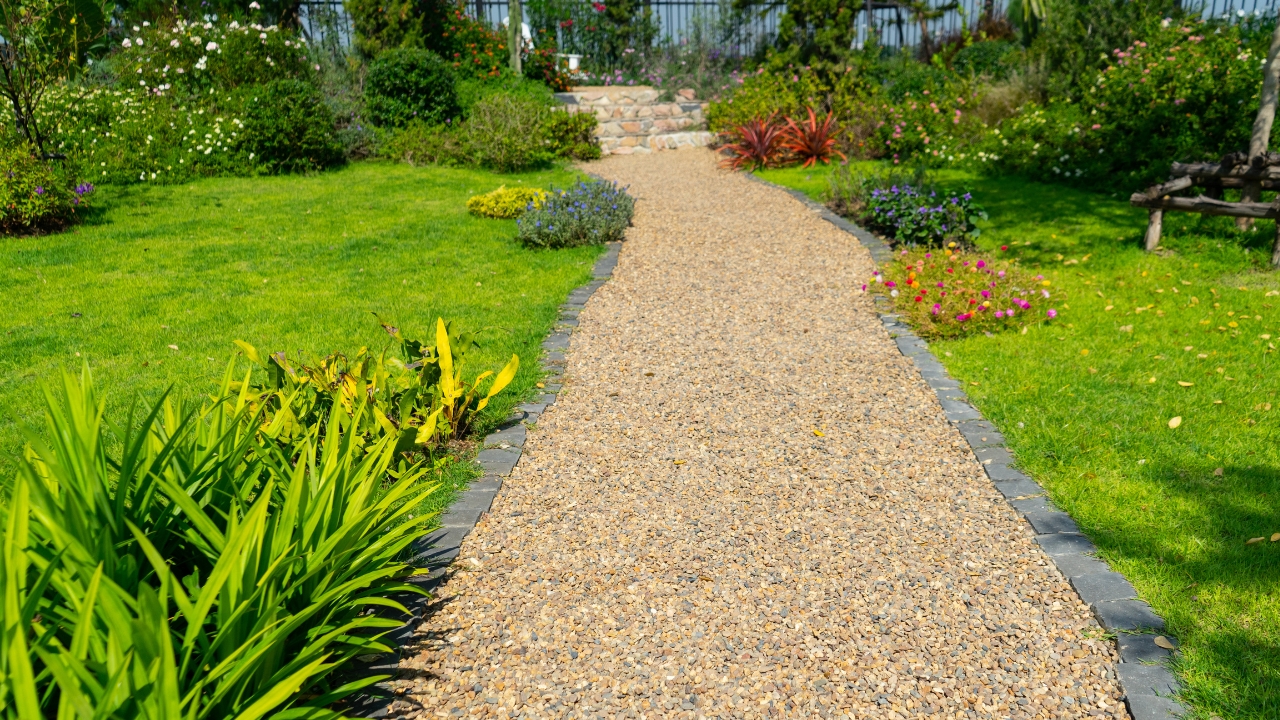
Paths are one of the easiest ways to add structure to your yard. Gravel or mulch works great for casual walkways and is way cheaper than pavers or concrete.
Clear the area, lay down some landscape fabric, and spread your material. It’s a quick job that looks clean and helps with drainage, too. Perfect for connecting your garden to your shed or coop.
Create a fire pit area with seating
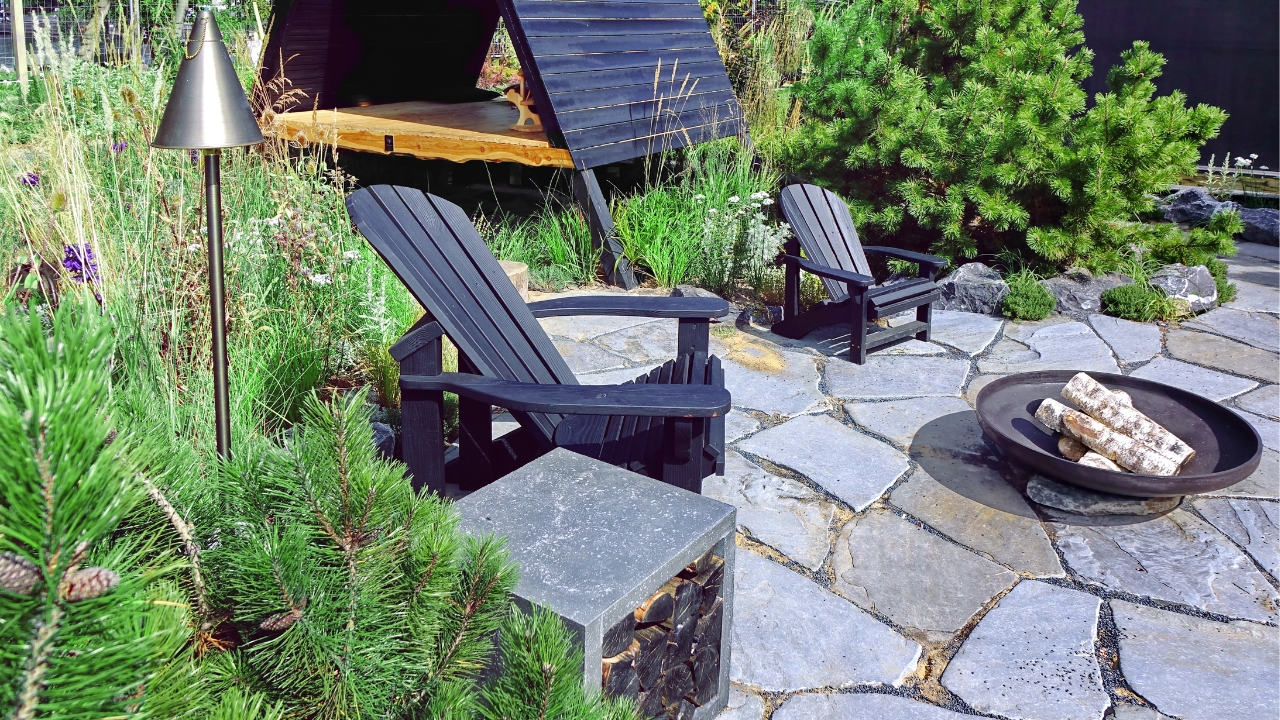
You don’t need anything fancy to build a fire pit—just a flat area, a ring of stones or bricks, and maybe a few chairs. It’s a great weekend project that instantly makes your yard feel more usable.
Check local rules about open fires, then dig out a shallow base and get your materials set. Toss in some gravel for drainage, and you’re good to go. It’s a solid way to end the weekend—around the fire with something cold in your hand.
Add a border of native plants

Native plants are usually lower maintenance, and once they’re established, they tend to handle local weather better than anything you buy off a big-box shelf.
Pick a few that fit your sunlight and soil conditions. Dig a simple border bed, toss in some compost, and plant them a foot or two apart. Water them in, and you’re good. It’ll look like you spent a lot more time on it than you actually did.
Build a small retaining wall for better drainage

If you’ve got an area where water pools or erosion is an issue, a short retaining wall can help manage the slope and protect your landscaping.
Use stacked stone, concrete blocks, or pressure-treated timber. It’s a job you can do in a weekend if you keep it under two feet high. Be sure to tamp the base and use gravel behind the wall for drainage.
Plant a privacy hedge or row of shrubs
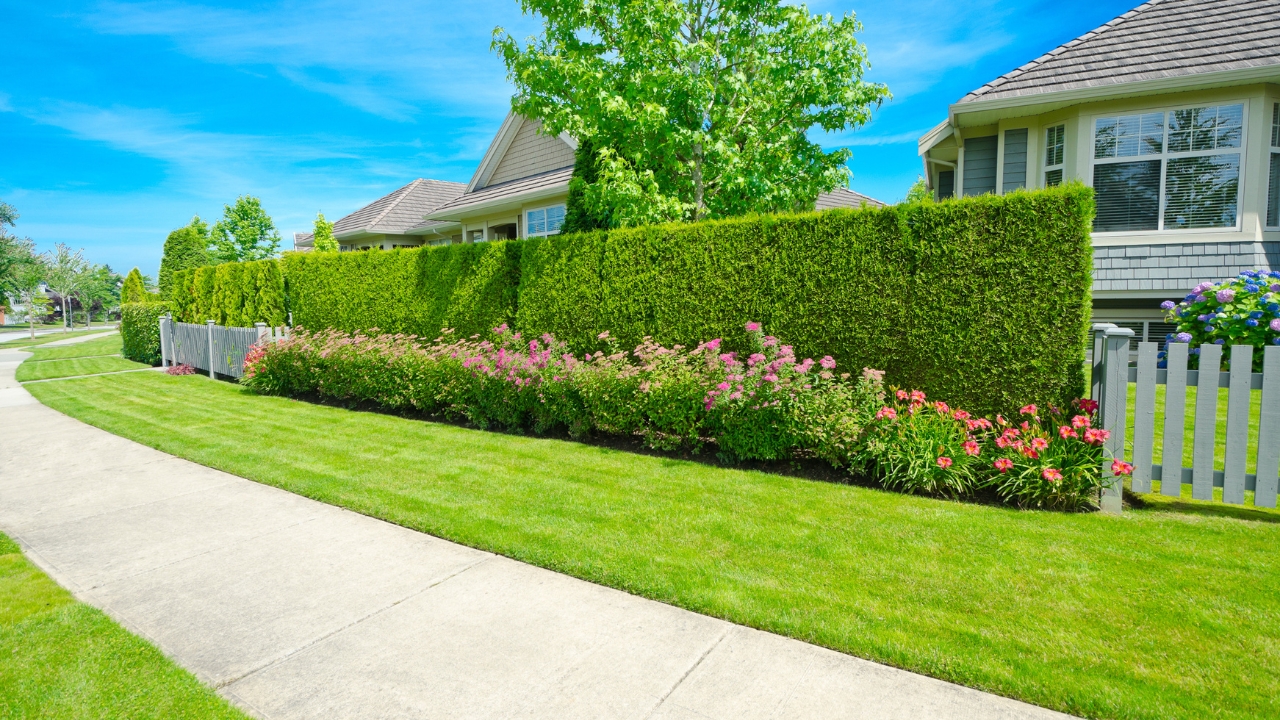
If you want a little more privacy without building a fence, planting a row of shrubs is the way to go. It’s cheaper than fencing and can soften up the look of your property line.
Dig your holes twice as wide as the root ball and give each plant enough space to grow. Water them in deep and mulch around the base. Most hedges take a few seasons to fill in, but it’s a solid start.
Set up a rain barrel system

Collecting rainwater is an easy way to cut down on your water bill and help your garden during dry spells. Most rain barrels are designed to hook right into your downspout.
Make sure the barrel sits level and has a solid base—cinder blocks work fine. You can add a spigot or hose connection for watering the garden later. Just don’t forget to clean it out between seasons.
Replace or refresh mulch in beds

Old mulch starts breaking down and looking scraggly. Topping it off once or twice a year keeps weeds down and helps your plants hold moisture.
Rake out any matted-down or moldy sections and add a fresh two-inch layer. Don’t pile it up around plant stems or tree trunks—that just invites rot and pests. Stick with natural options like bark, straw, or compost.
Create a rock garden or dry creek bed

Got a patch of yard that never quite looks right? A rock garden or dry creek bed can turn that dead space into something eye-catching and low-maintenance.
Lay down landscape fabric, set your stones, and mix in drought-tolerant plants if you want some color. It works great for areas where grass won’t grow or water tends to collect.
Install solar lights along a path or driveway

Lighting changes the whole feel of your yard, especially once the sun goes down. Solar lights are easy—no wiring, no digging, just stake them in and let the sun do the rest.
Line them along a walkway, driveway, or around your patio. It adds a finished look and helps you see where you’re going after dark. Just be sure they get a few hours of full sun each day.
Build a DIY trellis or garden arch
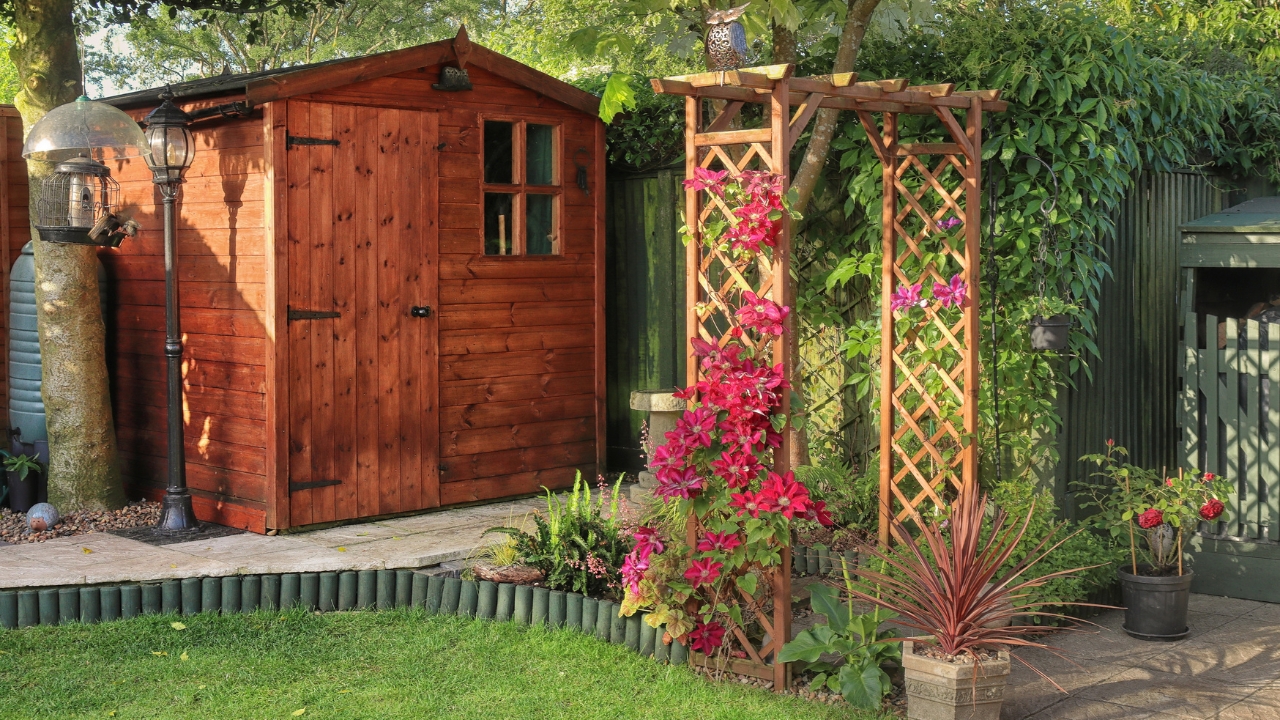
Trellises aren’t just for show—they help vining plants grow strong and stay off the ground. Whether it’s for beans, tomatoes, or even climbing flowers, a simple trellis can make a big difference.
You can build one from scrap wood, cattle panels, or even PVC. Anchor it well and set it up before your plants start growing so they can latch on early. Looks good and helps keep your garden tidy.
*This article was developed with AI-powered tools and has been carefully reviewed by our editors.





